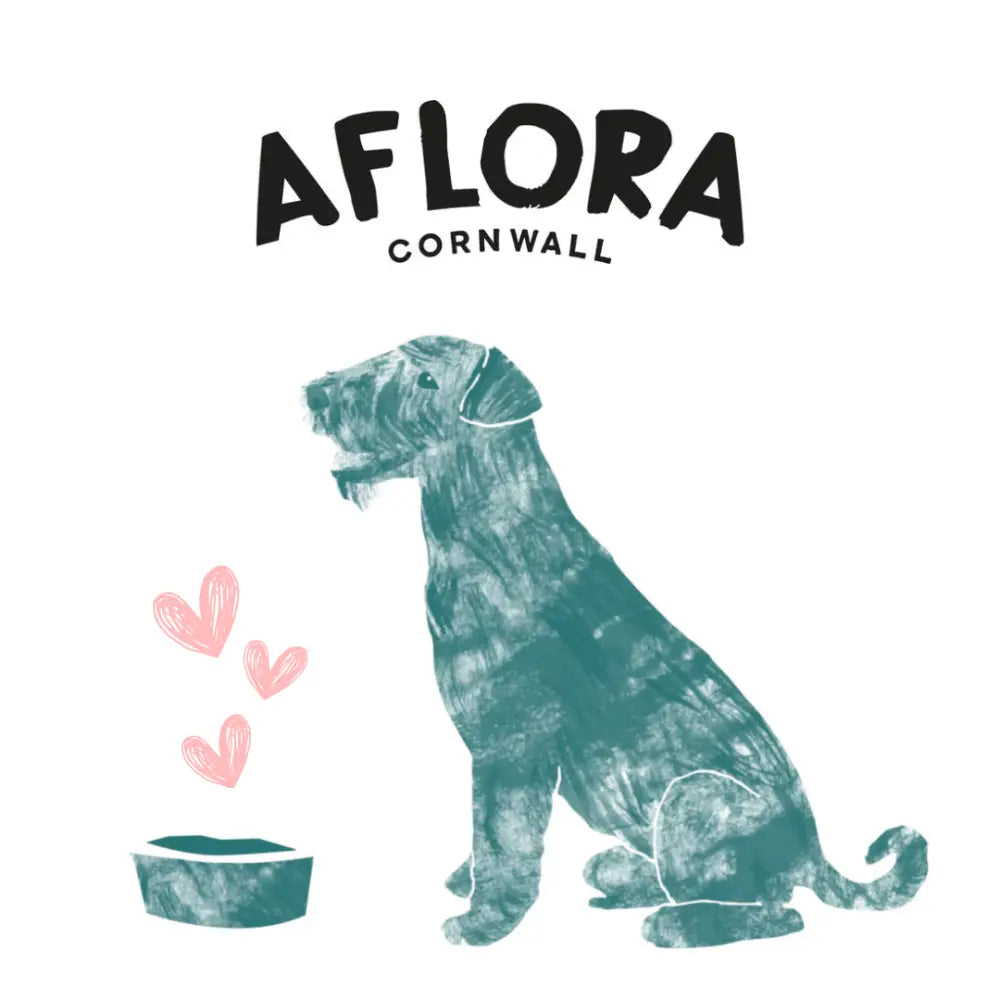Training your pet can be one of the most rewarding aspects of pet ownership. Positive reinforcement training, in particular, is a powerful and humane way to encourage desired behaviours in pets. This method relies on rewarding good behaviour rather than punishing bad behaviour, creating a strong bond between you and your pet while promoting a well-behaved and happy animal.
Understanding Positive Reinforcement Training
Positive reinforcement training is a method based on the science of animal behaviour, specifically operant conditioning. It involves reinforcing desired behaviours with rewards, such as treats, praise, or toys, to increase the likelihood of those behaviours being repeated. This type of training is effective for dogs, cats, and other pets, fostering a trusting and cooperative relationship between pets and their owners.
Why Choose Positive Reinforcement?
-
Builds Trust and Strengthens Bonds: Positive reinforcement focuses on rewarding good behaviour, which builds trust and strengthens the bond between you and your pet. By consistently rewarding your pet for desired actions, you create a positive association with training sessions, making your pet more eager to learn.
-
Reduces Stress and Anxiety: Unlike punishment-based training methods, positive reinforcement does not create fear or anxiety in pets. Pets learn more effectively when they feel safe and relaxed, leading to better long-term behavioural outcomes.
-
Promotes Long-Term Success: Positive reinforcement training leads to lasting behaviour change because pets learn that good behaviour is consistently rewarded. This method is effective in teaching basic commands, solving behaviour problems, and even teaching advanced tricks.
How to Implement Positive Reinforcement Training
-
Identify Desired Behaviours: Start by identifying the behaviours you want to encourage, such as sitting on command, using a litter box, or coming when called. Be clear and consistent with your expectations.
-
Choose High-Value Rewards: Choose rewards that motivate your pet. For many dogs, treats work wonders, while some pets may respond better to verbal praise or their favourite toy. Ensure the rewards are given immediately after the desired behaviour to create a clear connection.
See our Training Treats For Dogs Collection for inspiration.
-
Be Consistent: Consistency is key in positive reinforcement training. Make sure everyone in the household follows the same training methods and uses the same commands. Inconsistent training can confuse your pet and slow down their progress.
-
Use a Marker Word or Clicker: A marker word (such as "Yes!") or a clicker can help your pet understand when they have performed the desired behaviour. The sound acts as a bridge between the behaviour and the reward, making training more precise.
-
Keep Training Sessions Short: Pets, especially younger ones, have short attention spans. Keep training sessions brief—around 5 to 10 minutes—to prevent your pet from becoming bored or frustrated.
-
Gradually Fade Out Treats: While treats are an excellent initial motivator, over time, you’ll want to phase them out. Replace food rewards with verbal praise, petting, or playtime as your pet becomes more proficient in the behaviour.
Common Positive Reinforcement Techniques
-
Clicker Training Clicker training is a popular form of positive reinforcement that uses a small handheld device to make a clicking sound. The click marks the exact moment your pet performs the desired behaviour, followed by a reward. This method is particularly useful for teaching complex tricks and behaviours.
-
Capturing Behaviour Instead of luring your pet into a behaviour, capturing involves waiting for the pet to perform the behaviour naturally. For instance, if you’re training your dog to sit, you wait for them to sit on their own and then immediately reward them.
-
Shaping Behaviour Shaping is a technique where you gradually encourage closer approximations of the desired behaviour. For example, if you're teaching your dog to roll over, you might first reward them for lying down, then for turning onto their side, and finally for completing the full roll.
Avoiding Common Mistakes in Positive Reinforcement Training
While positive reinforcement is highly effective, there are a few common pitfalls to avoid:
-
Timing is Crucial: The reward must be given immediately after the desired behaviour. Delayed rewards can confuse your pet about which action is being reinforced.
-
Overfeeding: Be mindful of the number of treats you give during training sessions. Using too many treats can lead to weight gain. To counteract this, you can use small, low-calorie treats or adjust your pet’s regular meals accordingly.
-
Inconsistency: If you’re inconsistent with rewards or commands, your pet may become confused, slowing their progress. Ensure everyone involved in training uses the same methods and commands.
Conclusion
Positive reinforcement training is a compassionate, effective way to raise a well-behaved pet. By focusing on rewards and encouragement, you can foster a strong, trusting bond with your pet while teaching them good manners. Whether you’re training a new puppy or working with an older pet, positive reinforcement offers a gentle yet powerful approach to behaviour modification.
Disclaimer
This article provides general information about positive reinforcement training and is not a substitute for professional advice. If you’re dealing with serious behaviour problems or need specific guidance, consult a certified animal behaviourist or professional trainer.















